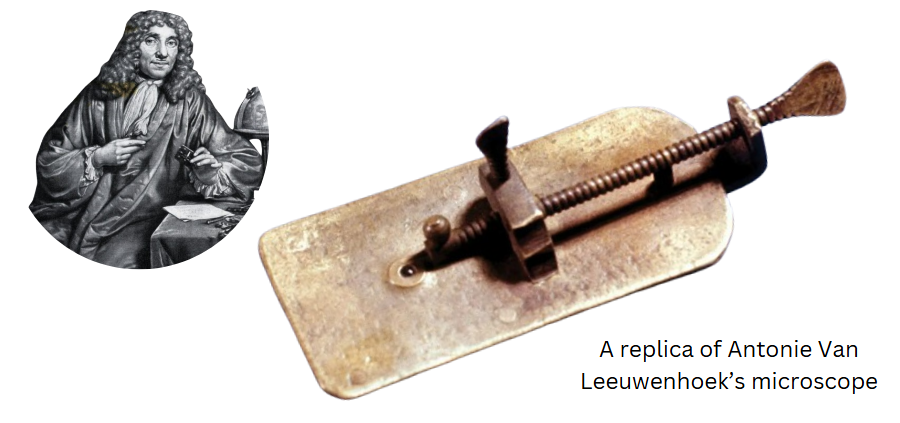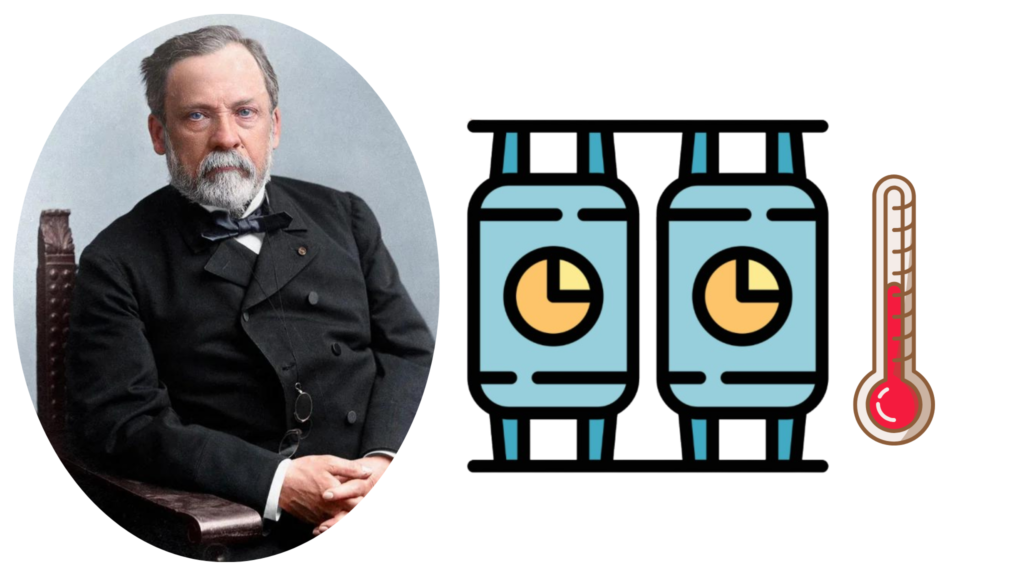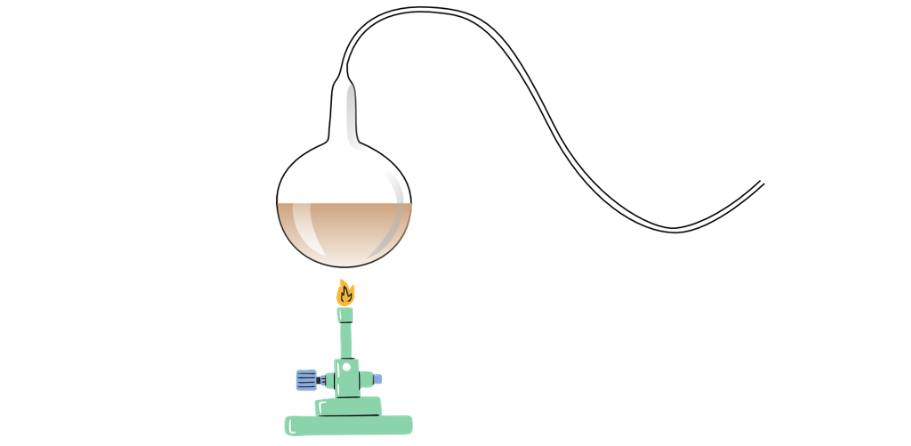
Thinker Aristotle coined the concept of the spontaneous technology idea in 4th century BCE, 22 centuries earlier than time of Louis Pasteur. This idea said that residing matter may come up from non-living matter spontaneously. Some of the well-known examples of this idea is that maggots may seem on decaying piece of meat.
This concept went on to persist for a really very long time. That is due largely to the truth that it simply defined how mould develop on bread or that flies seem on spoiled meals.
However this concept didn’t align to many scientists, a lot of them tried to disprove this concept, together with Louis Pasteur.
Early challenges to spontaneous technology
For a millennium, Aristotle’s idea of spontaneous technology was extensively believed world wide. Was this due to the shortage of know-how that science enjoys in the present day? For instance, microscopes had been removed from being invented to permit researchers to look at and research microorganisms. Therefore, experiments to check theories had been probably not a lot of a factor again then.
By the 1600, scientists and students have began questioning the factualness of the speculation. One among these people who challenged the speculation was Italian doctor Francesco Redi. He confirmed that maggots don’t spontaneously come up from decaying meat by doing the so-called “Redi experiment” in 1668.

On this experiment, Redi arrange 3 jars of varied situations. The primary jar was open and let flies to enter the jar. The second jar was tightly to forestall flies from getting into. And the final jar was coated with a mesh. After letting the jars sit for a brief interval, maggots appeared within the open jar and mesh-covered jar, however not the tightly sealed one.
Redi concluded that flies laid eggs that may hatch into maggots. This consequence instructed that residing issues like maggots come from different residing issues, and don’t come up spontaneously. Though the Redi experiment demonstrated that residing issues may solely come up from pre-existing residing issues, this was not sound sufficient to disprove the spontaneous technology idea.
Therefore, the talk continued.
Antonie Van Leeuwenhoek contribution
Antonie Van Leeuwenhoek was a Dutch scientist often called the Father of Microbiology. He developed microscopes in the course of the seventeenth century that had been thought of advance throughout that point. Leeuwenhoek made about 500 microscopes on this profession. One among these may enlarge objects as much as 300 instances. This functionality was unequalled again then. Compared, the microscope English physicist Robert Hooke developed may solely enlarge as much as 50 instances. This magnification may solely reveal fundamental particulars on minute organisms.

Leeuwenhoek’s, however had higher magnification. This allowed him to check varied microorganisms in higher element. Leeuwenhoek described micro organism, yeasts, and different microorganisms. Their shapes, motion, and conduct had been documented for the primary time. However his discovery of the existence of microorganisms was not stable proof to dispel the spontaneous technology idea.
You may additionally like: The Micro organism That Make Limburger Cheese Odor
When his work was made public, scientist nonetheless questioned the identical query. Do microorganisms come from pre-existing residing issues? Or they simply generate spontaneously from non-living issues? Sure, the scope of microbiology again then was very restricted. Nonetheless, Leeuwenhoek’s contribution to understanding microorganisms paved the best way for an additional scientist to disprove the speculation of spontaneous technology without delay, Louis Pasteur.
Louis Pasteur’s works previous to debunking the spontaneous technology idea
Louis Pasteur was a French chemist and microbiologist. He lived in the course of the Nineteenth century. At this level, the talk on the spontaneous technology idea was at its peak. Previous to disproving the speculation, he already labored on fermentation, and pasteurization.
In 1850s, Pasteur studied extensively the method of fermentation. Fermentation is a preservation technique whereby sugar in meals is transformed into alcohol or acid. Previous to Pasteur’s analysis on the method, it was extensively accepted that fermentation was solely a chemical course of. The idea was that fermentation would happen as a result of elements in meals decompose within the absence of air. Therefore, microorganisms weren’t believed to be accountable in fermentation.

However Pasteur’s work modified this when he studied spoilage in wine and beer. Within the mid-Nineteenth century, the brewing trade in France was affected by financial losses as a consequence of spoilage of wine. The losses had been huge that it hit wine exports badly. To resolve the issue, Napoleon III and the French authorities requested for assist from Pasteur. He then offered clear proof that undesirable or spoilage microorganisms had been answerable for the off-flavor and souring in wine.
What Pasteur did was preheat the wine at between 122°F (50°C) and 140°F (140). This prevented souring and prolonged the shelf lifetime of wine.
Primarily based on his analysis on microorganisms, spoilage microorganisms present in wine are warmth delicate. Therefore, he hypothesized that treating the wine with elevated warmth excessive sufficient to destroy these microbes would successfully lengthen the shelf lifetime of wine. The temperature vary he used was nicely considered as a result of not solely it killed undesirable microbes, but it surely was additionally not excessive sufficient to protect the flavour of the wine. This warmth remedy is now known as pasteurization.
Pasteur’s Swan-Neck Flask experiment debunked the spontaneous technology
Louis Pasteur turned conscious of the spontaneous technology when he got here to know fellow Frenchmen Felix Archimède Pouchet, a robust follower of the spontaneous technology idea. Pasteur had been very skeptical in regards to the idea, and the French Academy of Sciences opened a contest known as Alhumbert Prize to finally put an finish to this debate. Pasteur took up the problem and carried out an experiment that may finally debunk the speculation— the Swan-Neck flask experiment.

On this experiment, Pasteur gathered numerous lengthy, curved S-shaped flasks that appeared like swan’s neck, therefore the title of the experiment. He crammed every flask with an infusion or nutrient wealthy broth. After that, he pasteurized the flasks to destroy the dangerous microorganisms that had been current within the broth.
After letting the pasteurized broth within the flask to take a seat for a while he noticed what occurred. And simply as he predicted, the broth didn’t change in look or seem to have been contaminated. The distinctive S-shape of the flask prevented contaminated to occur right here. The curve neck allowed air to movement by, however not mud and every other components which will contaminate the broth.
But when the curved lengthy neck of the flasks had been eliminated, or the flask had been tilted that the broth received into contact with the curve neck, airborne microorganisms would have been launched to the broth and contaminate it.
The Swan-Neck flask experiment by Pasteur finally debunked the spontaneous technology idea. Due to this, he was awarded the Alhumbert prize, which additionally carried a worth of two,500 francs. This was thought of an enormous sum already in 1862.

